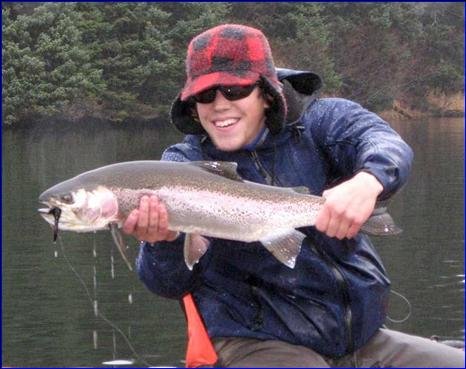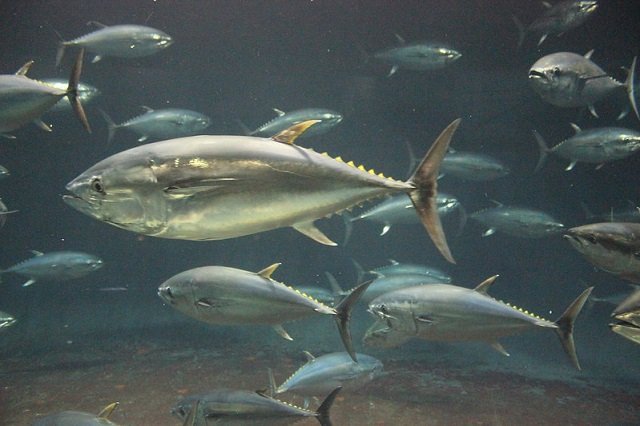Located in Catripulli, in the commune of Curarrehue, the center was inaugurated this Tuesday 21. It will produce eyed eggs of Atlantic salmon and sea trout. Optimizing the competitiveness of the Chilean industry. Hendrix Genetics invested US$ 8.2 million. The rest was co-financed by the national Corporation for the Promotion of Production (Corfo).
In close connection with the global aquaculture R&D team of Hendrix Genetics, the breeding program will focus on improving its salmon genetics in: health, growth and resistance to diseases and parasites with the application of the latest technology in genetics and genomics.
The center was opened by CEO of Hendrix Genetics, Antoon van den Berg and the General Manager of Hendrix Genetics Chile, Rodrigo Torrijo. Customers, national and local authorities and community representatives were also present.
“We are very proud of this facility as it is filled with the latest technology in fish farming, breeding and genetics. We are convinced that with the application of genomic selection in our breeding program, we will speed up the quality of our eggs“, said Torrijo.
Antoon van den Berg underlined the importance of glocalization.
“In all our species we breed for international champion products, while we never forget local adaptation to achieve product performances of the highest standards under local circumstances” said Antoon van den Berg, CEO, Hendrix Genetics.
The specialized site has a family room, frying units, smolt, broiler fattening, spawning, fertilization and incubation rooms. In addition, it has cutting-edge technologies in the field of genetics through the joint application of molecular, quantitative and genomic tools. The latest in fish farming will also be included with automatic feeders, water reuse and treatment systems, thermal control of water and photoperiod control. This will allow Hendrix Genetics to offer eggs all year round.
Stay Always Informed
Join our communities to instantly receive the most important news, reports, and analysis from the aquaculture industry.
Building in this area was important, as according to market data, two out of every five salmon exported by Chile were born in the Araucanía Region. There are 54 fish farms in the area. Salmon exports exceed US$ 3.5 billion annually, the second largest selling product of Chile abroad.
Editor at the digital magazine AquaHoy. He holds a degree in Aquaculture Biology from the National University of Santa (UNS) and a Master’s degree in Science and Innovation Management from the Polytechnic University of Valencia, with postgraduate diplomas in Business Innovation and Innovation Management. He possesses extensive experience in the aquaculture and fisheries sector, having led the Fisheries Innovation Unit of the National Program for Innovation in Fisheries and Aquaculture (PNIPA). He has served as a senior consultant in technology watch, an innovation project formulator and advisor, and a lecturer at UNS. He is a member of the Peruvian College of Biologists and was recognized by the World Aquaculture Society (WAS) in 2016 for his contribution to aquaculture.




